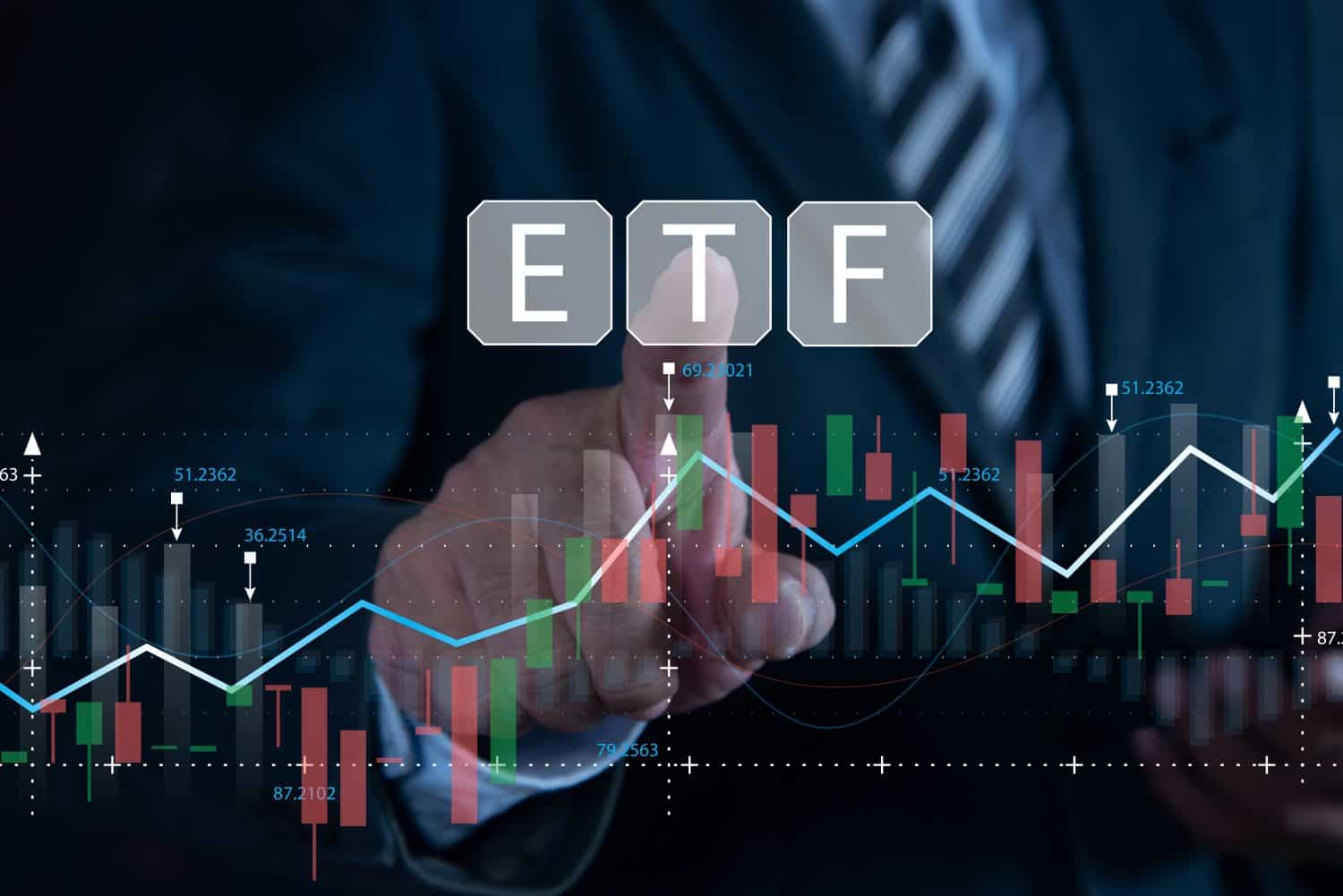
The Vanguard Total Stock Market ETF (VTI) is among the most prominent exchange traded funds in the world, with more than $1.7 trillion in assets under management within this fund. There are many reasons for these incredible capital inflows over the years. But the rise of the passive investor is something that’s certainly benefited Vanguard and other companies that run these funds, given the sheer amount of capital that’s been devoted to this sector over the past two decades.
How the VTI ETF is structured is rather interesting. Unlike other index-linked ETFs that track the performance of a specific index like the S&P 500, VTI tracks the performance of the broader CRSP U.S. Total Market Index. Thus, this ETF is comprised of roughly 4,000 stocks, representing a diverse range of companies across all market capitalizations, from large-cap to small-cap. By investing in VTI, individuals can gain a comprehensive view of the U.S. equity landscape. This is precisely what makes this investing vehicle a popular choice among those seeking broad market exposure.
Let’s dive into why this particular ETF is worth considering, for investors of all types.
Key Points About This Article:
- For investors looking for an investing vehicle to consider in October, the Vanguard Total Stock Market ETF (VTI) remains a top choice.
- Here’s why this exchange traded fund is a top option for investors to consider right now.
- If you’re looking for some stocks with huge potential, make sure to grab a free copy of our brand-new “The Next NVIDIA” report. It features a software stock we’re confident has 10X potential.
Perfect for Investors of All Types

One of the things I like most about the VTI ETF is the fact that this ETF caters to nearly every investor profile. For passive investors who simply want to put some capital to work in the market at regular intervals (dollar cost averaging into the market) to more active investors who want to pick stocks, but don’t want to deviate too much from market returns, this ETF holds value. Indeed, many institutional investors use ETFs like VTI as a base. After all, if you can’t beat the market, why not just settle for the market return (the markets’ returns haven’t been that bad, after all).
Offering unmatched diversification and stability with rock-bottom fees, this is an ETF I think is certainly likely to be the top option for investors moving forward. Indeed, it’s hard to trim off more expenses than this fund has over the years, with a microscopic 0.03% (three basis point) management expense ratio. That’s the lowest I’ve ever seen, and in the race to the lowest fees in the market, VTI has to be ahead.
Getting this type of diversification in the market can be far more difficult and costly for the average investor. Thus, I think this is the way to go for investors looking for even more exposure than other index-tracking ETFs.
Benefits Beyond Diversification

Aside from truly world-class diversification at perhaps the lowest prices in the market, VTI offers a number of other benefits to investors I think can be overlooked.
First, this ETF trades as a stock would – investors can buy and sell on the open market, with real-time price movements reflecting what’s going on behind the scenes with the fund’s holdings. Those looking to gain exposure to “the market” simply have to hit the buy button on their computer, and it’s done. That’s the kind of simplicity and ease many investors are after.
I also think it’s important to double down on the notion of just how low a 0.03% MER really is. The average expense ratio for equity ETFs in 2021 sat at 0.16%, with 0.78% seen in active funds and mutual funds as well. The simplicity of this ETF’s investing strategy and its sheer size affords investors the ability to gain as close to zero-cost diversification as there is in the market right now.
VTI Remains a Strong Buy

I hold VTI in my personal portfolio, and will likely continue adding to it over time. Some of these holdings are in retirement accounts, and others are in brokerage accounts, but what I’m finding is that as I get older, I seek out diversification and passive investing options more actively. The more I learn about the market, the more I realize that I’m content taking the market average, and nibbling on certain stocks around the edges I think can lead to some modest outperformance over time. If it’s a few percentage points a year, that would be great, but I can sleep well knowing the vast majority of the portfolio is highly diversified and likely to get me the 8-10% average annual return the market’s seen over time.
If you’re in a similar bucket, I think buying VTI at current levels, and as it heads higher (and lower) over certain periods, is the way to build truly sustainable wealth. This ETF is probably my top pick in the market right now, for these reasons.
Get Ready To Retire (Sponsored)
Start by taking a quick retirement quiz from SmartAsset that will match you with up to 3 financial advisors that serve your area and beyond in 5 minutes, or less.
Each advisor has been vetted by SmartAsset and is held to a fiduciary standard to act in your best interests.
Here’s how it works:
1. Answer SmartAsset advisor match quiz
2. Review your pre-screened matches at your leisure. Check out the advisors’ profiles.
3. Speak with advisors at no cost to you. Have an introductory call on the phone or introduction in person and choose whom to work with in the future
Thank you for reading! Have some feedback for us?
Contact the 24/7 Wall St. editorial team.





